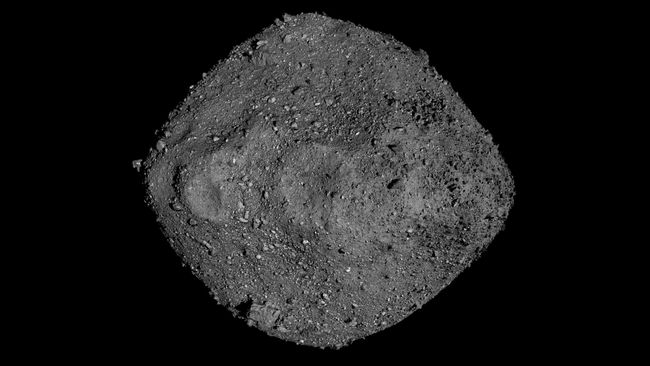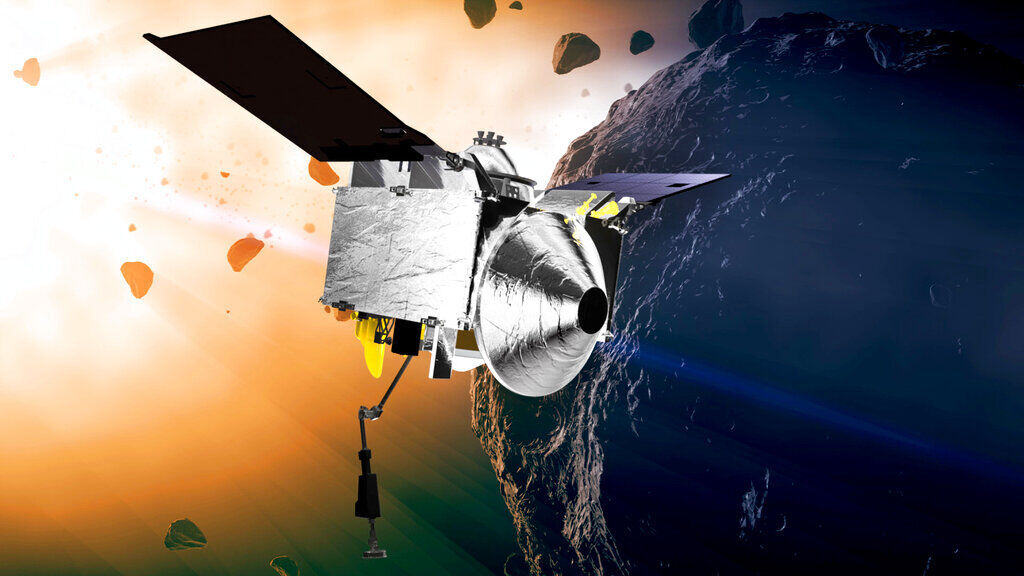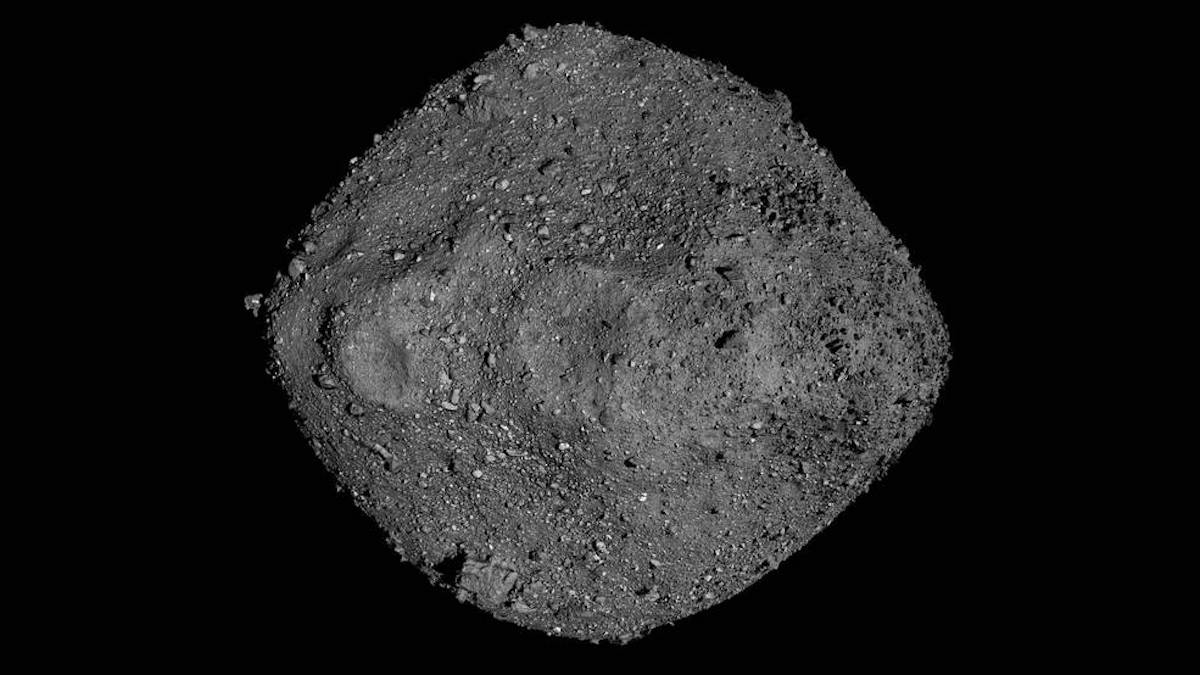

It has been suggested that such xenoliths were implanted into ureilites by outer solar system bodies migrating into the inner solar system during the gaseous disk phase ~3-5 Myr after CAI, as in the "Grand Tack" model. We present the first 54Cr isotope data for such clasts, which, combined with oxygen and hydrogen isotopes, show that they are unique CC materials that became mixed with NC materials in these breccias. Polymict ureilites represent regolith on ureilitic asteroids but contain carbonaceous chondrite-like xenoliths. We use xenoliths of CC materials in polymict ureilite (NC) breccias to test the applicability of such models. At some point, however, bulk CC and NC materials became mixed, and several dynamical models offer explanations for how and when this occurred. Nucleosynthetic isotope anomalies show that the first few million years of solar system history were characterized by two distinct cosmochemical reservoirs, CC (carbonaceous chondrites and related differentiated meteorites) and NC (the terrestrial planets and all other groups of chondrites and differentiated meteorites), widely interpreted to correspond to the outer and inner solar system, respectively. We conclude on dynamical grounds that the giant planet instability is likely to have occurred early in Solar System history.

The simulations that give the latest instability times are those that invoked long-range inward migration of Jupiter from 15 AU or beyond however these simulations over-excited the inclinations of Kuiper belt objects and are inconsistent with the present-day Solar System. Among self-stable systems – where the planets are locked in a resonant chain that remains stable in the absence of a planetesimal’s disk– our self-consistently sculpted planetesimal disks nonetheless trigger a giant planet instability with a median instability time of 37–62 Myr for a reasonable range of migration histories of Jupiter. Of those, the median instability time is ∼4Myr. About half of the planetary systems that we consider have a self-triggered instability. The first is an instability that is triggered by the planets themselves, with no appreciable influence from the planetesimal disk.

There are two distinct possible instability triggers. We find that, unless Jupiter migrated inwards by 10 AU or more, the instability almost certainly happened within 100 Myr of the start of Solar System formation. We performed simulations with a range of (inward and outward) migration histories for Jupiter. We first simulate the dynamical sculpting of the primordial outer planetesimal disk during the accretion of Uranus and Neptune from migrating planetary embryos during the gas disk phase, and determine the separation between Neptune and the inner edge of the planetesimal disk. Here we model the early dynamical evolution of the outer Solar System to self-consistently constrain the most likely timing of the instability. While a late instability was originally proposed to explain the Late Heavy Bombardment, recent work favors an early instability. The dynamical structure of the Solar System can be explained by a period of orbital instability experienced by the giant planets.


 0 kommentar(er)
0 kommentar(er)
